Tesla Tells Employees On Juneteenth That Juneteenth Is A Holiday, But They Still Have To Use PTO
Ryan MacBuzzFeed News Reporter
Posted on June 19, 2020

On Friday morning, Tesla’s US employees received an email from Valerie Workman, the company’s head of North American human resources. She wrote that “Tesla fully supports Juneteenth for any US employee that wants to take the day off to celebrate.”
That was followed by another clarifying email from Tesla’s HR: “This is an unpaid PTO and excused absence.”

Provided to BuzzFeed News
Tesla workers were confused by the message. Some were already at work by the time they received the first email, and one, who spoke with BuzzFeed News, felt it was “pointless.” The company was recognizing Juneteenth, a holiday celebrating the liberation of slaves in the United States, while telling workers they either had to take a vacation day or take the day off and not be paid.
With a national awakening to the need for racial justice following the police killings of George Floyd, Breonna Taylor, and other Black Americans, corporations have taken different approaches to voice their support. Some have declared “Black Lives Matter” and committed funds and resources, while others have moved to recognize Juneteenth as a holiday.
Tesla and SpaceX, both helmed by billionaire Elon Musk, have taken a different approach.
“Juneteenth is henceforth considered a US holiday at Tesla & SpaceX,” he tweeted on Friday at 10:06 am in Los Angeles, before following that up with a reply. “It does require use of a paid-time-off day, which is true of many other holidays.”
Tesla and Musk did not respond to an email request for comment.

Elon Musk@elonmusk
@PPathole It does require use of a paid-time-off day, which is true of many other holidays05:42 PM - 19 Jun 2020
Reply Retweet Favorite
Sources who provided or confirmed the emails to BuzzFeed News on the condition of anonymity fearing retribution, described the messages as performative. Operations continued at Tesla’s Fremont factory, the only non-unionized, US-owned car manufacturing facility in the country, and while workers were given the option to leave, they would not be paid if they did not use a vacation or paid time off day.
The only difference, the sources said, was that employees would not be penalized for not working. Typically, workers with unexcused absences at the factory accumulate penalties when they do not show up for their shifts. Enough penalties and a worker can be fired.
Tesla’s Fremont has been back in operation since May, after Musk, a vocal skeptic of the novel coronavirus pandemic, defied a shelter-in-place order from Alameda County and reopened it amid an on-going outbreak. In defying officials, Musk and Tesla filed a lawsuit against the county, which then gave the company concessions that allowed it to manufacture cars as other local businesses remained shuttered.
Tesla factory workers who previously spoke with BuzzFeed News said that while the company has implemented social distancing and mask policies, they are not being enforced or followed at the facility. There have been confirmed COVID-19 cases at some Tesla locations.

Ryan Mac 🙃@RMac18
Tesla’s head of US HR sent an email to employees this morning saying they could take Juneteenth off. Some employees were already at work by the time they received the email. Then she clarified that it’s unpaid time off.03:54 PM - 19 Jun 2020
Reply Retweet Favorite
On Friday, some workers were frustrated by the announcement. They were not informed about the company's position on Juneteenth until Friday morning and some had traveled long distances to arrive for their regularly scheduled shifts only to see the email from Workman.
The Verge also reported that some employees had been planning a Juneteenth rally at the factory for Friday.
One former SpaceX employee, who spoke to BuzzFeed News anonymously, explained that while the company provided a standard set of holidays like Christmas, Thanksgiving, and the Fourth of July, it also gave employees floating holidays to use at their discretion. That allowed workers to take days off like Good Friday, which were not company-wide holidays.
Still, the former SpaceX employee said, Musk doesn’t deserve the credit he’s getting on Twitter.
“He’s claiming to give an extra day off and then immediately walked it back as requiring PTO to take off,” he said. “Seems like a totally empty gesture.”
ELON MUSK
“What The Fuck?” Elon Musk Calls Coronavirus Shelter-In-Place Orders “Fascist.”
Ryan Mac · April 29, 2020
Two Tesla Employees Have Tested Positive For COVID-19
Two Tesla Employees Have Tested Positive For COVID-19
Ryan Mac · March 26, 2020
I Went To Elon Musk's "Pedo Guy" Trial, But I Wasn't Ready To Become A Part Of ItRyan Mac · Jan. 30, 2020
At Tesla’s Factory, Building The Car Of The Future Has Painful And Permanent Consequences For Some Workers
I Went To Elon Musk's "Pedo Guy" Trial, But I Wasn't Ready To Become A Part Of ItRyan Mac · Jan. 30, 2020
At Tesla’s Factory, Building The Car Of The Future Has Painful And Permanent Consequences For Some Workers
Caroline O'Donovan · Feb. 4, 2018

Ryan Mac is a senior tech reporter for BuzzFeed News and is based in San Francisco.

Ryan Mac is a senior tech reporter for BuzzFeed News and is based in San Francisco.

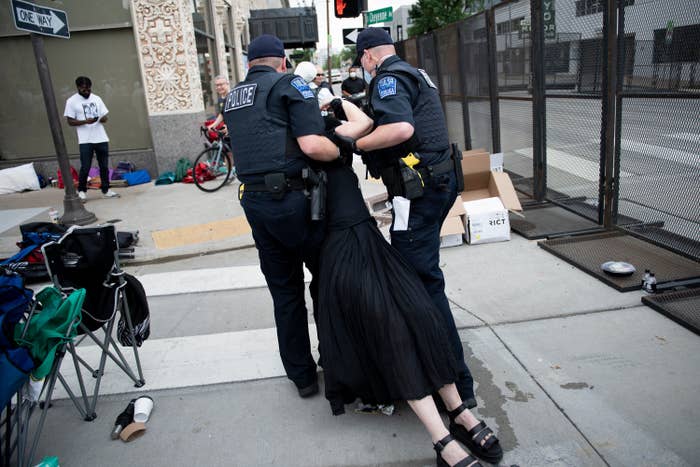




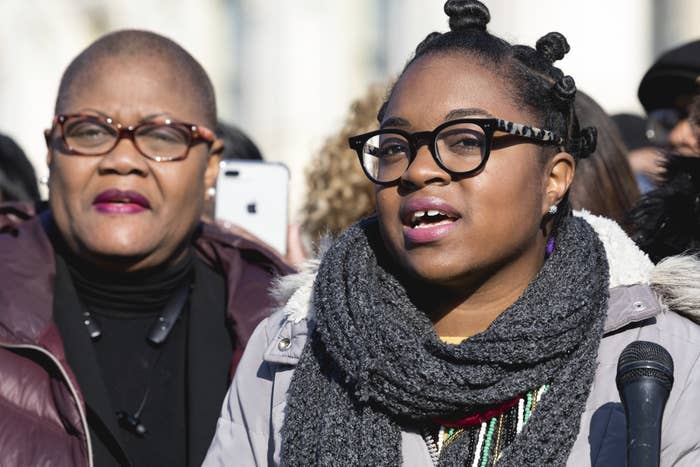
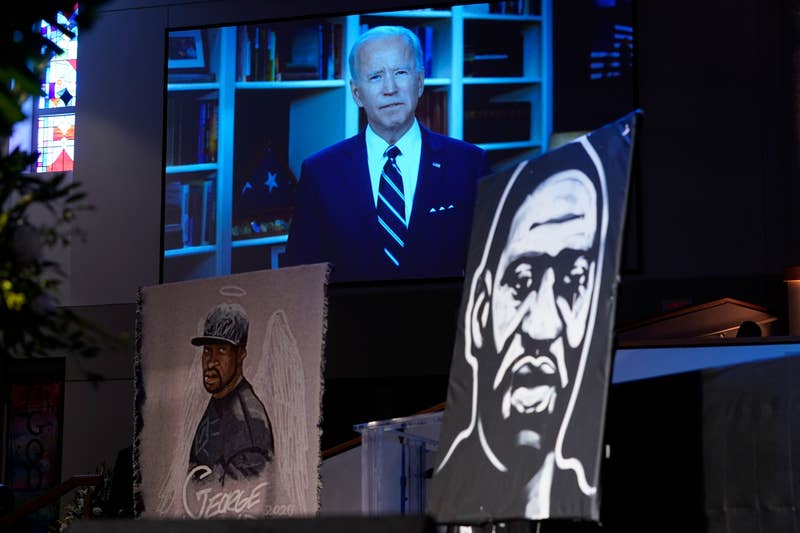
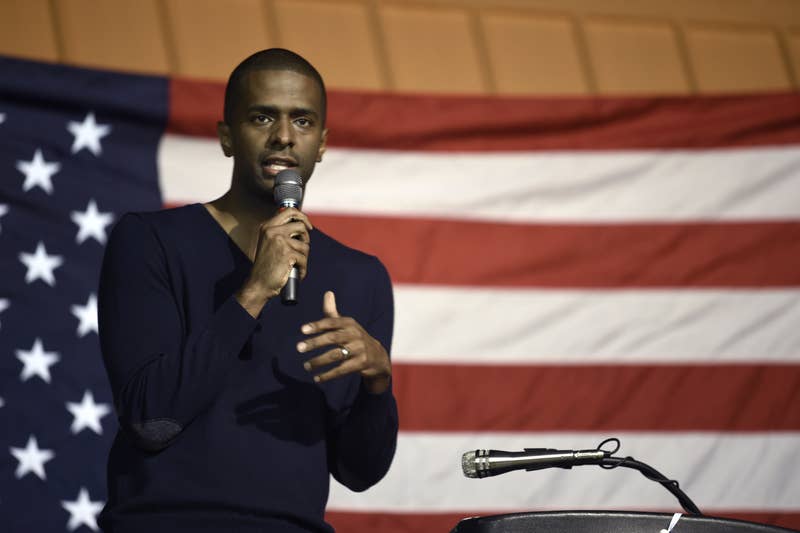
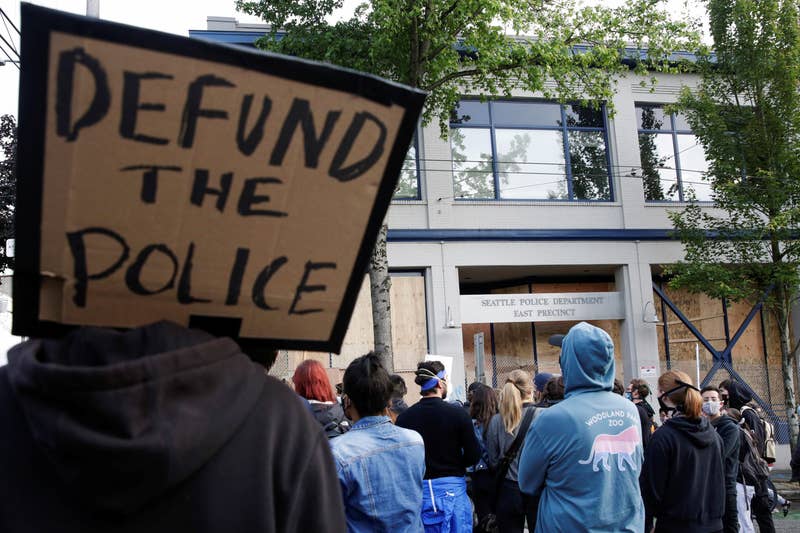
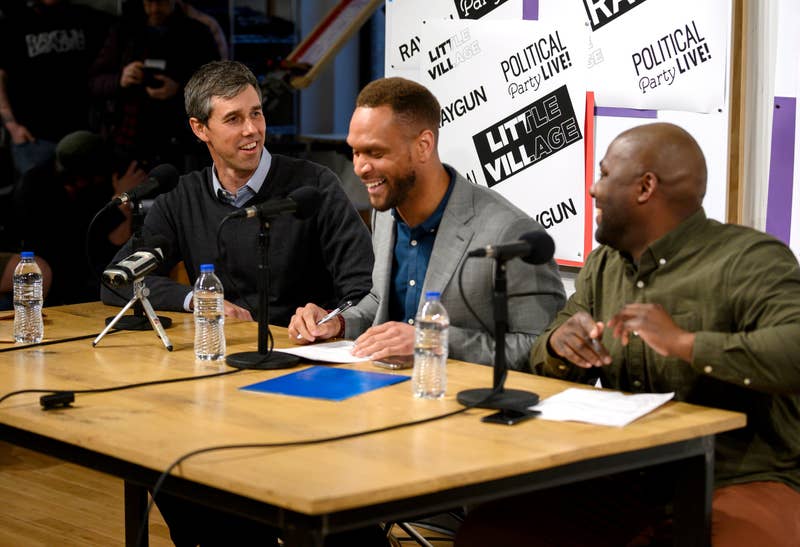
 Ryan BrooksBuzzFeed News Reporter
Ryan BrooksBuzzFeed News Reporter Nidhi PrakashBuzzFeed News Reporter
Nidhi PrakashBuzzFeed News Reporter




















